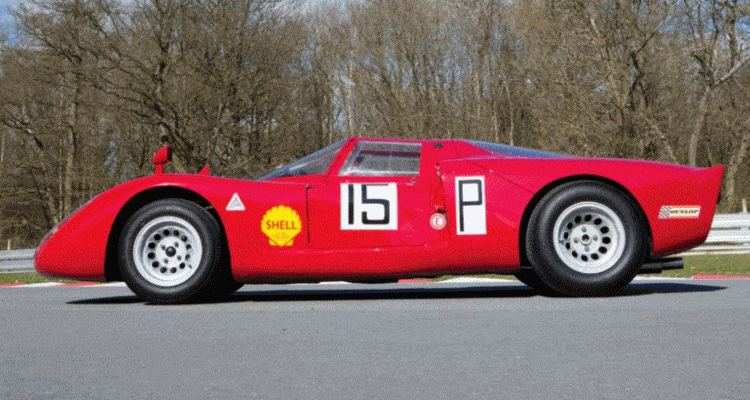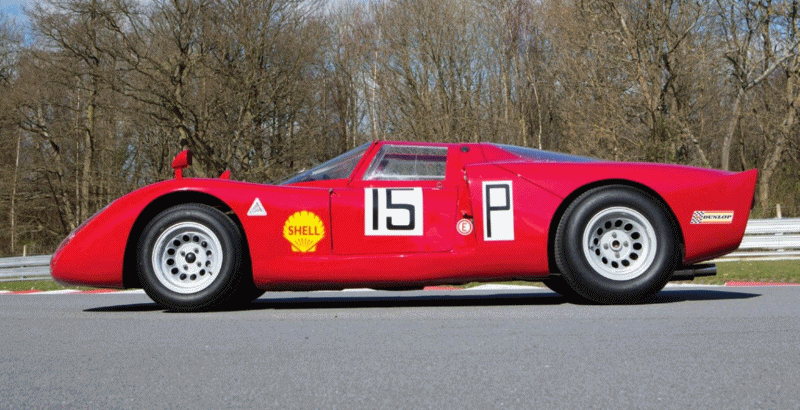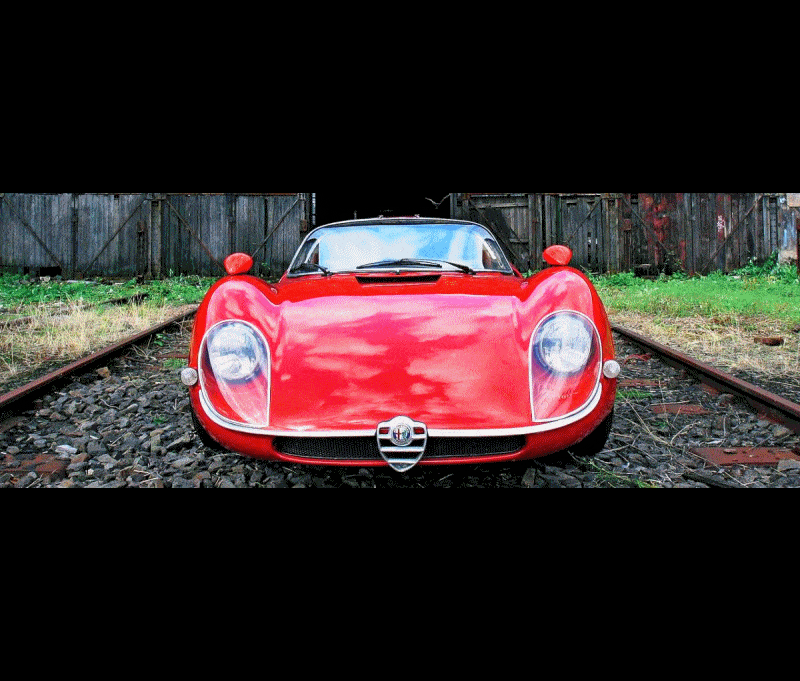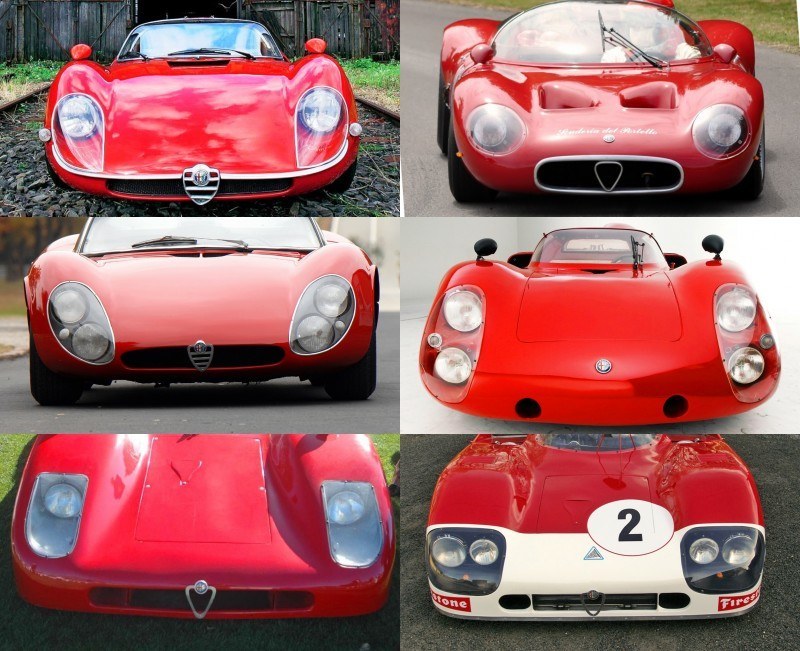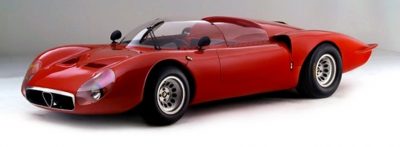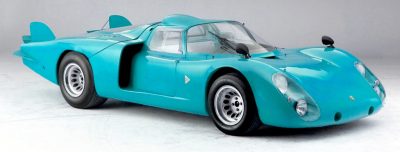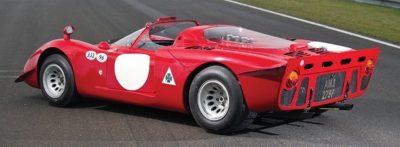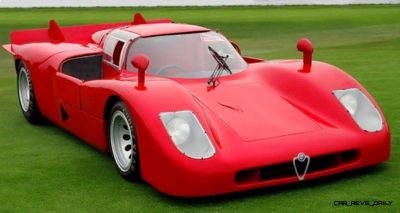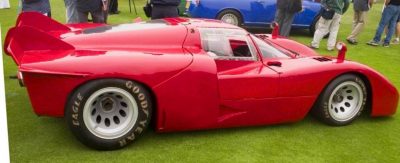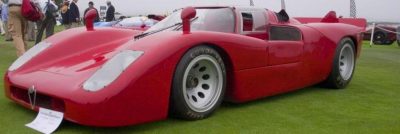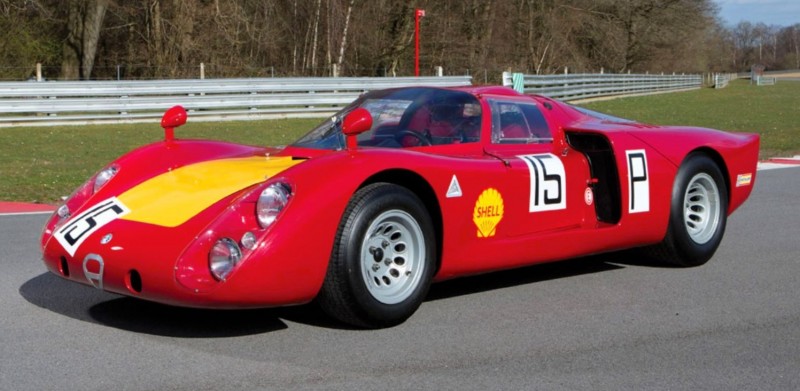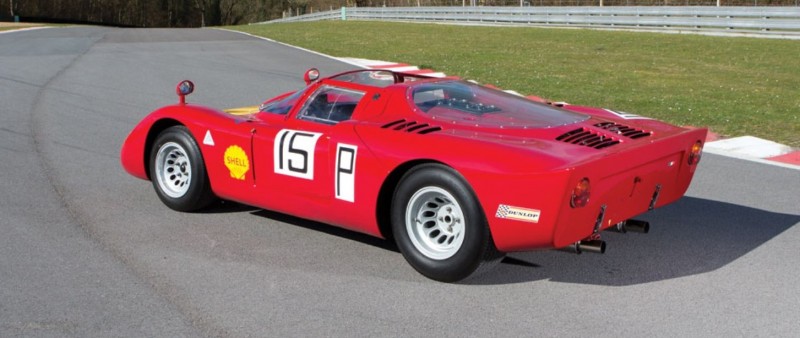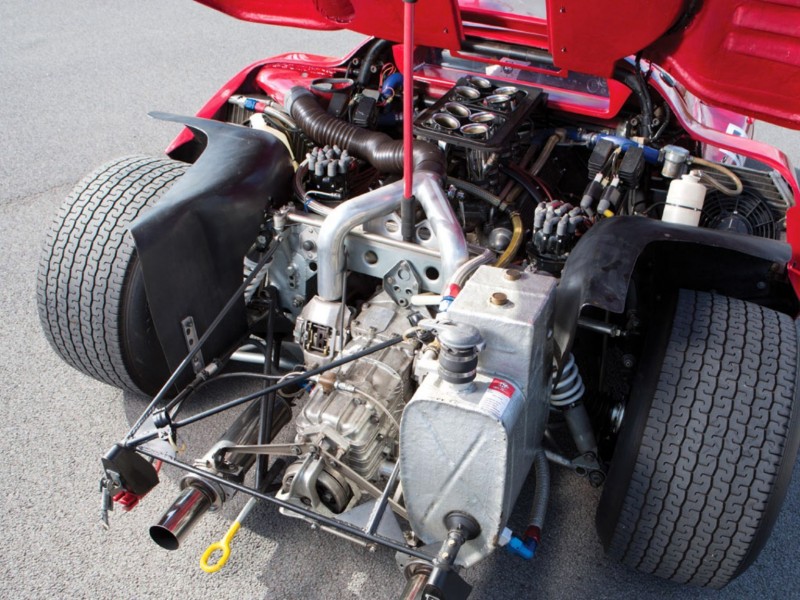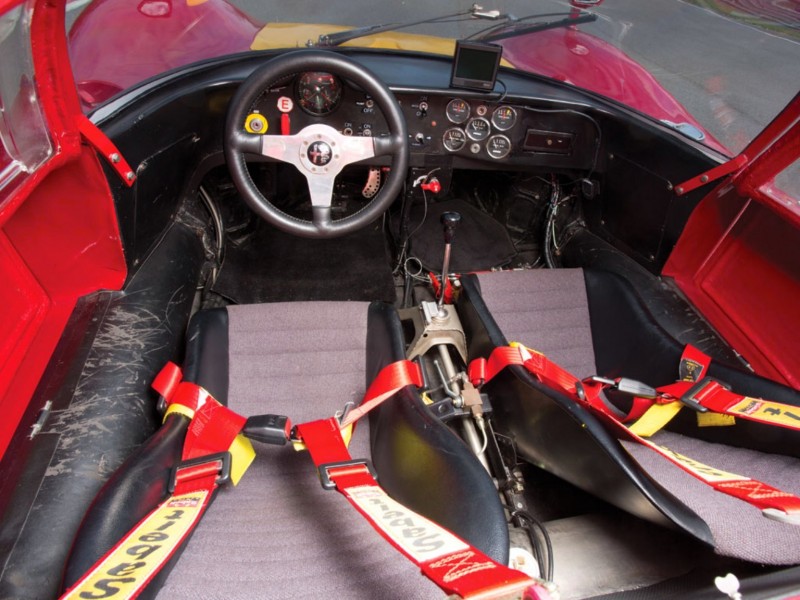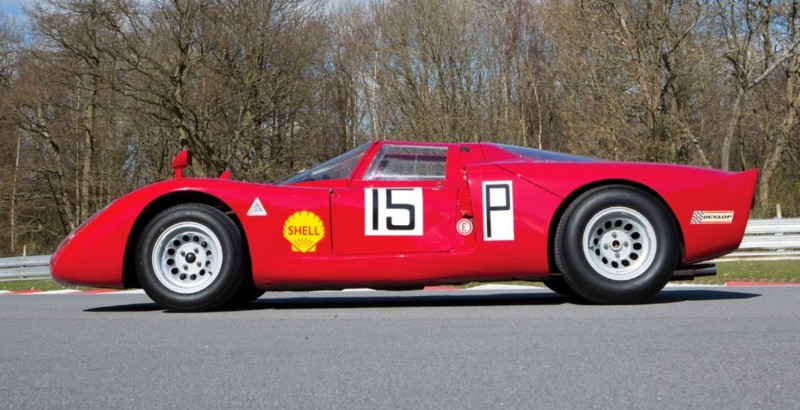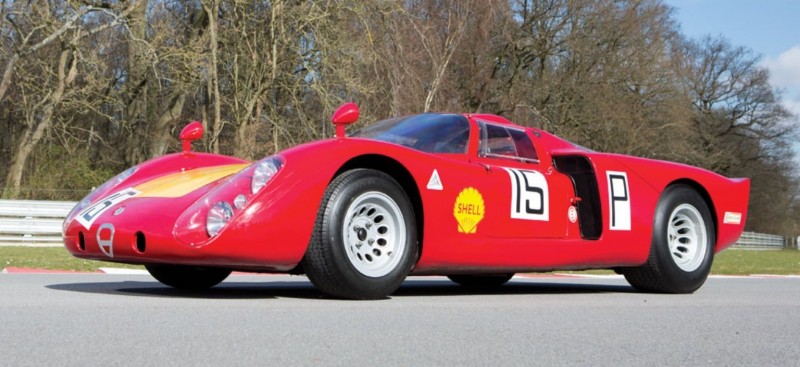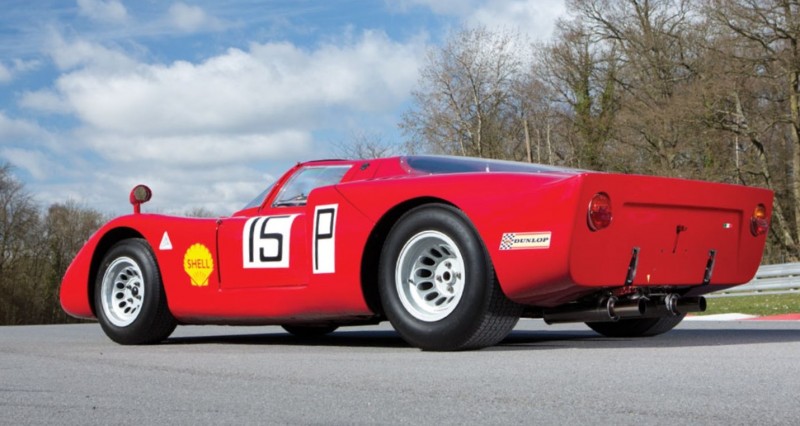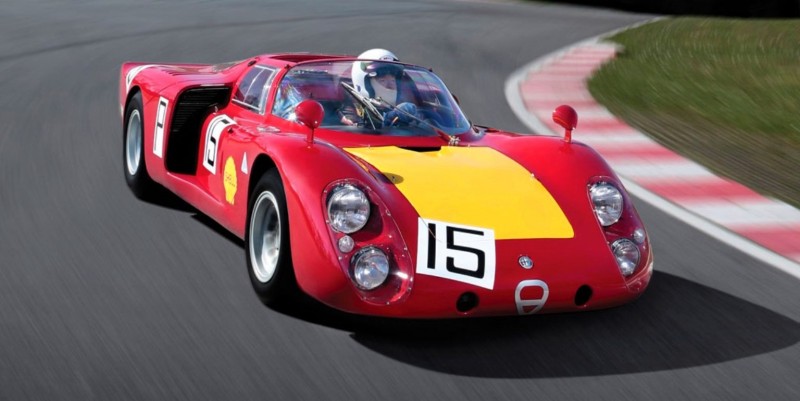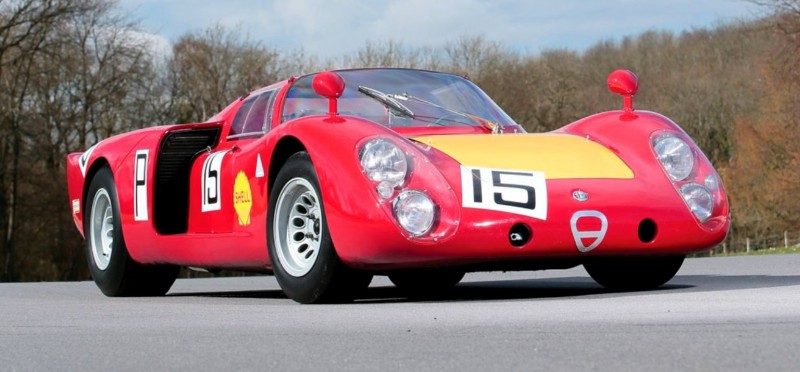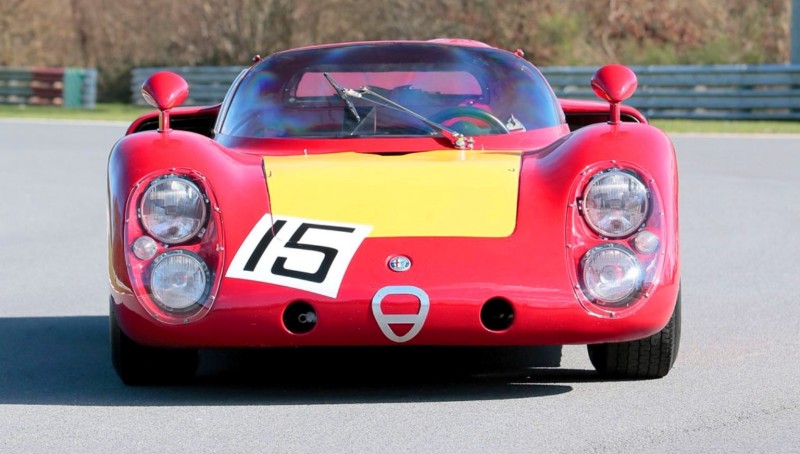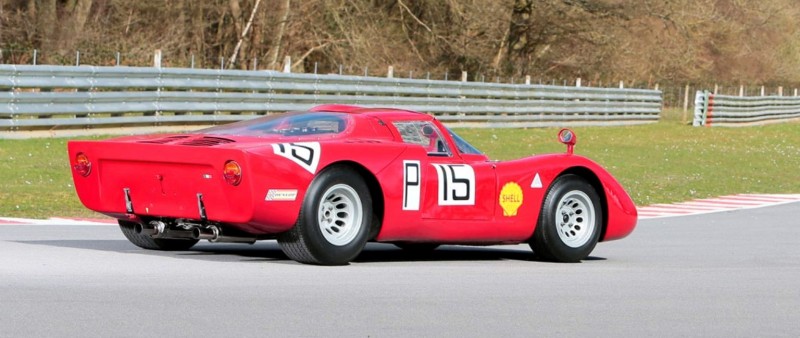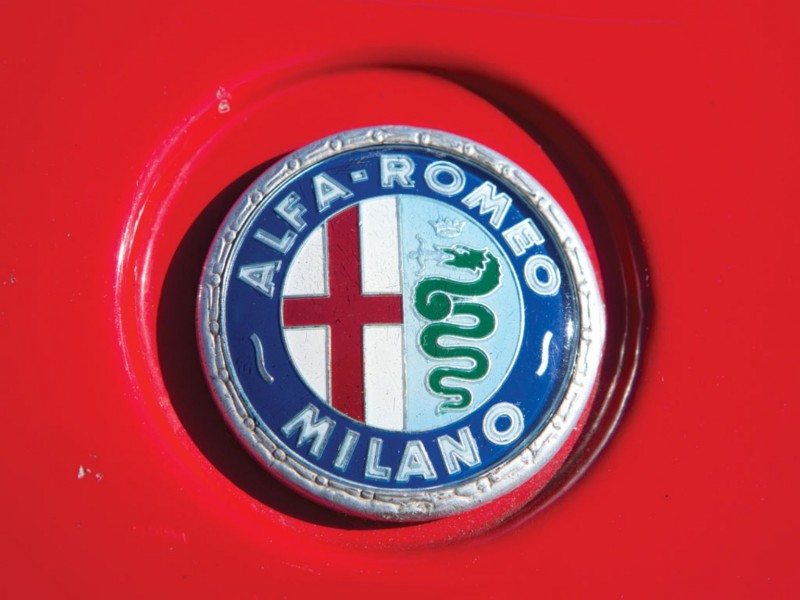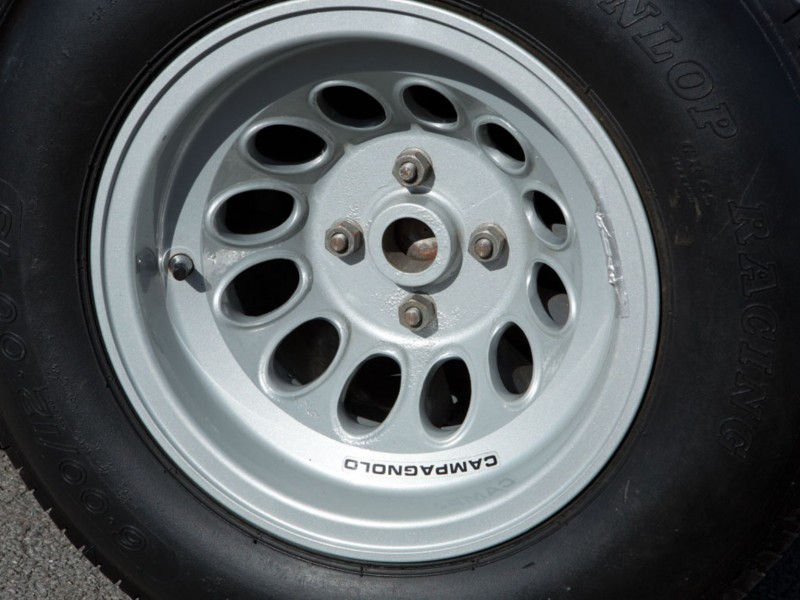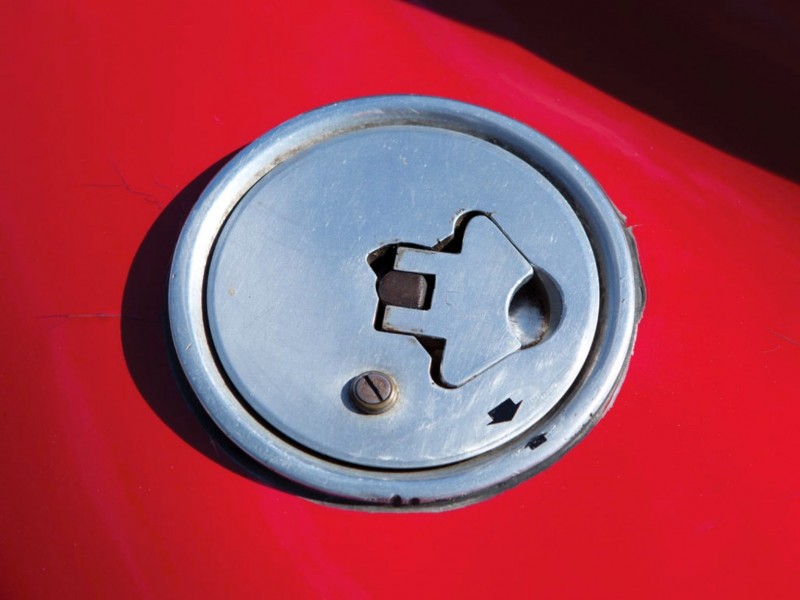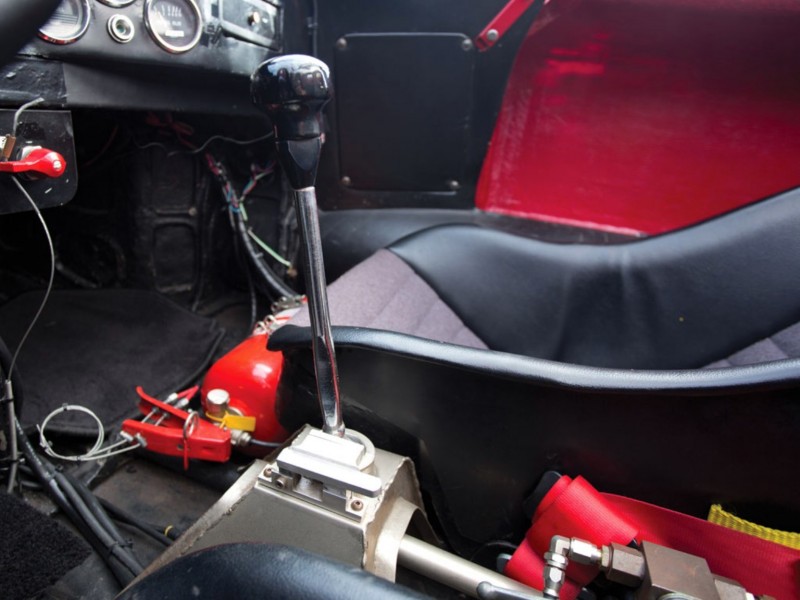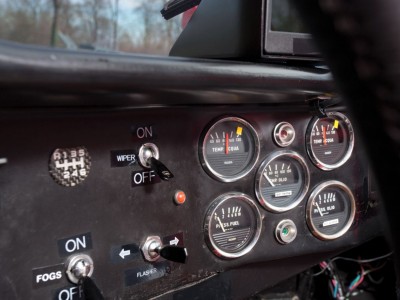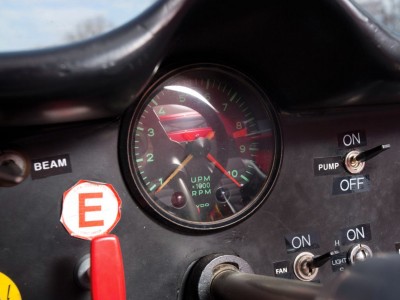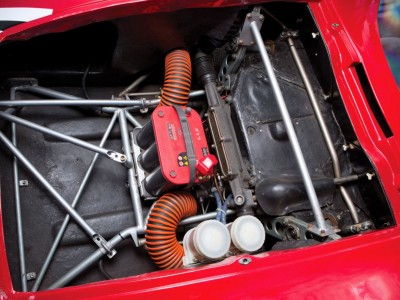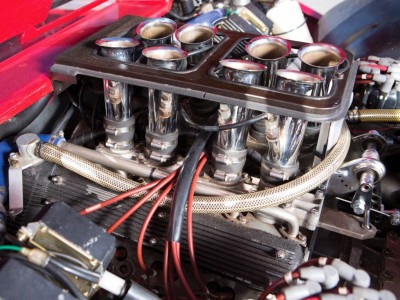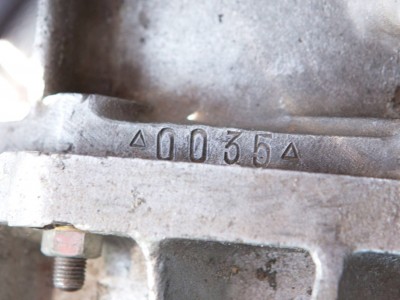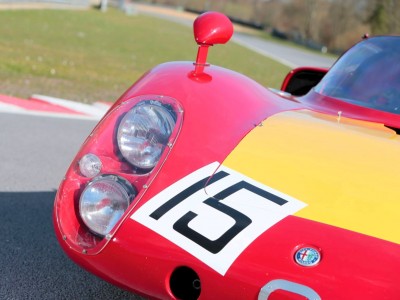The Alfa Romeo Tipo 33 is a profound machine, with previous racing evolution articles (linked below) admiring the huge strides made by this core chassis between 1967 and 1970.
There were many flavors of the Tipo 33, but it started off looking swoopy like a 1950s racer, and ended that span of years looking like a serious threat to the Porsche 917.
1697 Alfa-Romeo Tipo 33 Stradale
1968 Alfa-Romeo Tipo 33 Mugello and Daytona
http://www.car-revs-daily.com/2013/12/26/iconic-classic-supercars-1967-1969-alfa-romeo-tipo-33-stradale/
1968 Alfa-Romeo Tipo 33/2 LeMans
1968 Alfa-Romeo Tipo 33/4 Tasman
The Tipo 33/2 is perhaps the most important in this dramatic evolution of the racing species by blending past and future ideas into one coherent machine. Curves are present, but the tail grows longer and the scale of the max performance achieved was far more advanced than ever as well.
RM Auctions’ first-ever Monaco event brought out some huge Ferrari totals, but this Alfa is just as special and important in the history of motor racing as anything to wear a prancing horse badge.
Official Details below from RM Auctions
Photographs of Monaco car c/o RM Auctions.
1968 Alfa Romeo Tipo 33/2 Daytona
To be auctioned on Saturday, May 10, 2014
Sold for €1.260.000
- Chassis no. AR 75033 026
- Engine no. 0035
270 bhp, 1,995 cc DOHC V-8 engine with dual-ignition and indirect fuel injection, six-speed gearbox, independent front and rear suspension by double wishbones, rear-wheel drive, and four-wheel disc brakes. Wheelbase 2,250 mm
-
Raced in period by Nino Vaccarella, Herbert Schultze, and Michel Weber
-
Eligible for many of the world’s greatest historic motor racing events
-
Includes original registration documentation, its ONS Wagen-Pass, and FIA papers
-
Beautiful example of the eight-cylinder Alfa Romeo sports prototype
By the end of 1951, Alfa Romeo had decided to retire from international grand prix competition. During the early 1950s, it would win the first two Driving Championships with its Tipo 158 and 159 racers, and in 1952 and 1953, the famed Disco Volante would astonish the world, as it had an entirely new design.
At the same time, Alfa Romeo was developing an intriguing two-litre V-8 prototype engine that was intended for a sporting GT car; however, this project was shelved for the time being.
With Alfa Romeo and its competition arm, Autodelta, experiencing much success with the Giulia Coupé derivatives and the TZ and TZ2 throughout the early 1960s, in various touring and GT races, the decision was finally made to return to international sports car racing.
The heart of Alfa’s return would be the two-litre V-8 engine, which had been abandoned 10 years earlier. This effort would encompass 11 racing seasons and result in Alfa winning the World Championship in 1977.
The 1967 Fleron Hill Climb event in Belgium would mark Alfa Romeo’s triumphant return. Their new car, which featured a rather exotic H-shape chassis made of magnesium and aluminium, would finish 1st overall in this event, at the hands of Teodoro Zeccoli. With years of competitive driving experience, Teo had also built up quite a reputation.
As the Autodelta test driver, he was actively involved in the Tipo 33 project, as he had allegedly tested every T33 personally. He had also been an Abarth Works driver, as well as a respected Le Mans and hill climb veteran. After its success in Belgium, the Fleron name quickly became associated with this model.
Throughout 1967, Alfa Romeo won four victories, with three taking place in hill climbs and one at the Vallelunga circuit later in the year.
The car offered here was delivered new by Scuderia Autodelta in 1968, and it was campaigned by the Alfa Romeo Deutschland concessionaires team. Chassis 026’s first competitive outing was on 19 May, at the 1968 Nürburgring 1000 KM. The car was driven by Herbert Schultze and Nino Vaccarella, and it claimed an impressive 3rd in class and 10th overall finish. It went on to compete for the remainder of the 1968 season, with Herbert Schultze driving, at mostly European hill climb championship events.
On 17 April 1969, this car was first road-registered as F-RW 35 in Frankfurt. As noted by the original Fahrzeugbrief, which accompanies the car, it was equipped with engine 0035, which it still retains today. Throughout the 1969 season, Michel Weber competed with the car at 11 competitive events.
Highlights of these events include wins at the Fassberg Hill Climb in May and the Gaisberg Hill Climb in September. Weber also competed at the famous Trento-Bondone, where he finished 3rd, and at the Mont Ventoux event in September, where he finished 8th in class. In 1970, Weber again competed with the car for Alfa Deutschland.

Tom Burkart is the founder and managing editor of Car-Revs-Daily.com, an innovative and rapidly-expanding automotive news magazine.
He holds a Journalism JBA degree from the University of Wisconsin – Madison. Tom currently resides in Charleston, South Carolina with his two amazing dogs, Drake and Tank.
Mr. Burkart is available for all questions and concerns by email Tom(at)car-revs-daily.com.

